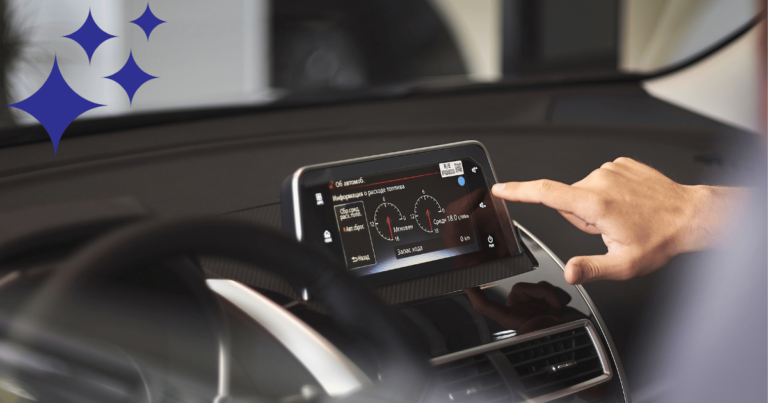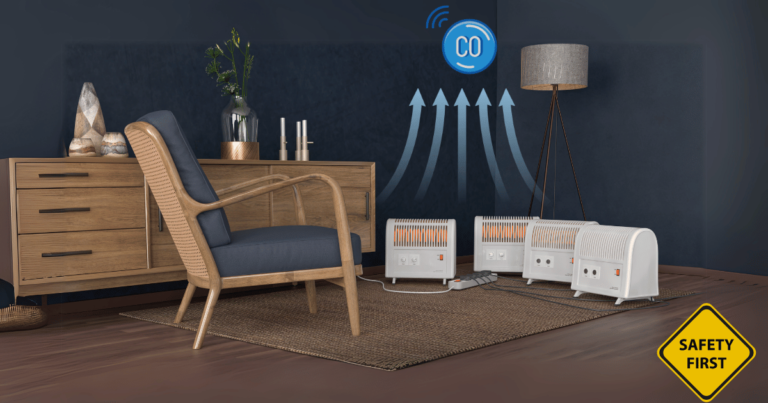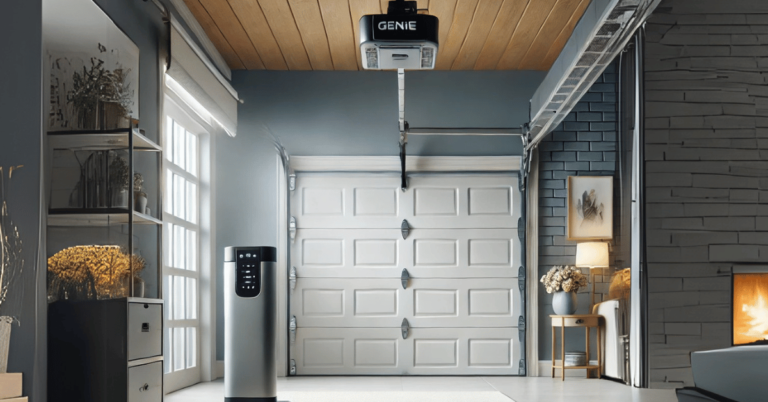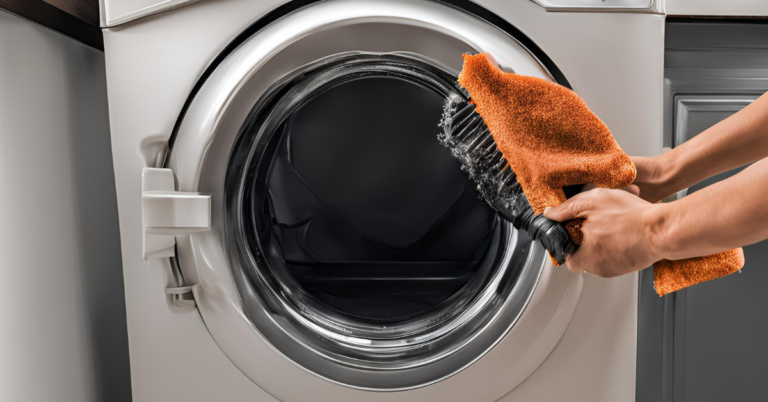How to Clean AC Coils: A Guide for Optimal Performance
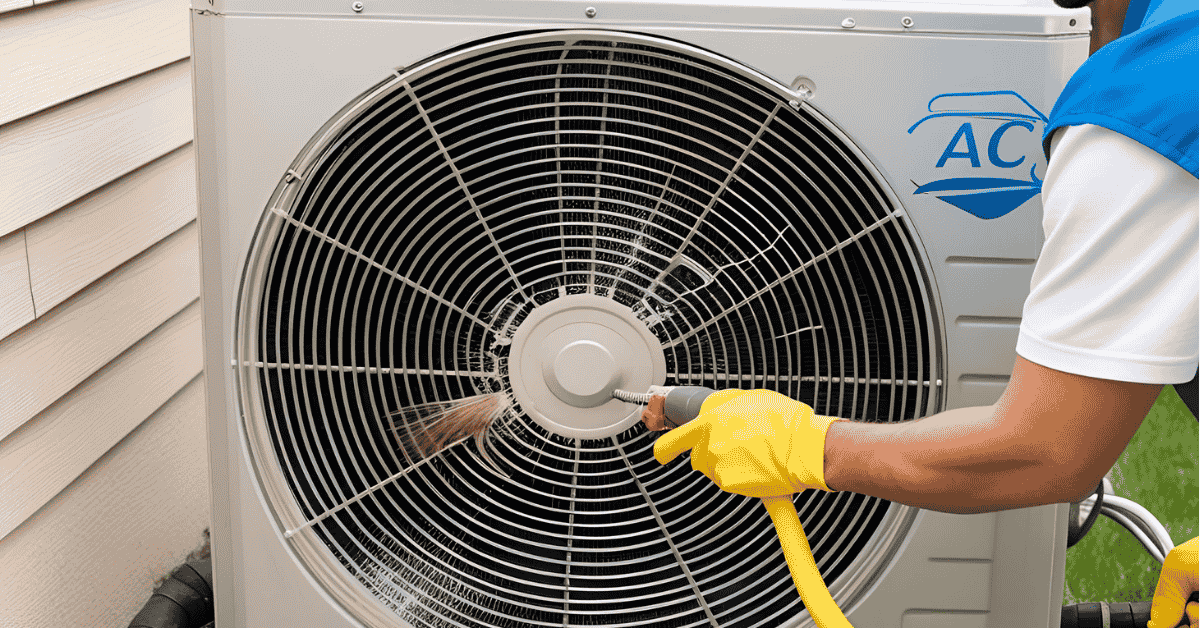
Cleaning our AC coils is essential to keep our air conditioning system running efficiently. Regular cleaning can improve airflow and help our unit work better, which may also lower energy bills. If we neglect this task, dirt and grime can build up, making our system work harder and reducing its lifespan.
We can easily clean the AC coils ourselves with a few simple steps and the right materials. A clean coil not only helps cool our homes effectively but also reduces wear and tear on the unit. This guide will walk us through the process and provide tips to make it easier.
By taking the time to clean our AC coils, we invest in the comfort of our living spaces. Let’s explore how we can tackle this important maintenance task together.
Understanding AC Coils
AC coils are essential components in our air conditioning systems. They help with the transfer of heat, making our indoor environments comfortable. In this section, we will look at the different types of AC coils and how they function within our systems.
Types of AC Coils
There are two main types of AC coils: evaporator coils and condenser coils.
- Evaporator Coils: These coils are located indoors. They absorb heat from the air inside our homes. When the refrigerant inside the coils evaporates, it cools the air that blows over them, making our living spaces cooler.
- Condenser Coils: These are found outdoors. Their job is to release heat that the refrigerant has picked up from inside. The refrigerant changes from a gas back to a liquid as it cools, and this process helps to remove heat from the system.
Both types play a crucial role in keeping our AC systems running efficiently.
Function of AC Coils in Your System
AC coils work together to ensure that our air conditioning systems remove heat effectively.
- Heat Exchange: The evaporator coils absorb heat from the indoor air. This process cools the air before it circulates back into our rooms.
- Refrigerant Movement: The refrigerant moves between the evaporator and condenser coils. As it absorbs heat indoors, it travels outside to release that heat.
- Temperature Control: By regulating the temperature of our indoor spaces, these coils help maintain comfort. When the AC runs, we expect a constant flow of cool air, thanks to the efficient functioning of these coils.
Keeping both coil types clean is important for their operation and our comfort.
Safety Precautions
Before we start cleaning AC coils, we need to prioritize safety. It is essential to follow some key steps to protect ourselves and our equipment. We will look at turning off the power to the AC unit and using proper protective gear.
Turning Off Power to the AC Unit
The first step in ensuring safety is to turn off the power to the AC unit. This prevents any accidental starts while we work. Here’s how to do it:
- Locate the power switch: Find the unit’s main power switch. It is usually near the indoor or outdoor unit.
- Flip the switch: Turn it off and confirm that the unit is no longer running. We should also disconnect the circuit breaker for an extra safety measure.
- Use a lockout/tagout system: If available, apply tags or locks on the switch to warn others not to turn the power back on.
Taking these steps helps keep us safe from electric shock and prevents damage to the system.
Using Proper Protective Gear
Wearing protective gear is important when cleaning AC coils. It shields us from potential hazards. Here’s what we should use:
- Gloves: Choose durable, chemical-resistant gloves. These protect our hands from sharp edges and cleaning agents.
- Goggles: Safety goggles keep our eyes safe from dust, debris, and any chemicals we may use.
- Mask: A mask prevents us from inhaling dust or mold that may be disturbed during cleaning. It protects our lungs.
By using the right protective gear, we reduce the risk of injury and ensure a safer cleaning process.
Preparation for Cleaning
Gathering Necessary Tools and Materials
Before we start cleaning, it’s important to have all the necessary tools and materials ready. Here’s what we will need:
- Screwdrivers or a wrench – To remove panels and access the coils.
- Soft brush or fin comb – For removing loose debris.
- AC coil cleaner – A foaming or no-rinse cleaner designed for evaporator and condenser coils.
- Spray bottle or garden hose – For rinsing, if required.
- Microfiber cloths or rags – To wipe down surfaces.
Having everything on hand ensures a smooth and efficient cleaning process.
Accessing the AC Coils
To properly clean the coils, we need to access them safely. Here’s how:
- Turn off the power – Always disconnect electricity before working on the AC unit.
- Remove the access panel – Use a screwdriver or wrench to carefully remove the panel covering the coils.
- Identify the coils – Locate the evaporator coils inside and the condenser coils outside.
Now, we’re ready to begin the cleaning process.
Cleaning Evaporator Coils
Dry Brushing Loose Debris
We start by removing any loose dirt or debris with a soft brush. A fin comb can also help straighten bent fins while clearing dust buildup.
Applying Coil Cleaner
Next, we apply the AC coil cleaner:
- Spray an even layer of cleaner onto the coils.
- Allow the foam to expand and break down dirt and grime.
- Let it sit for the recommended time on the label.
Rinsing the Coils (If Required)
Some coil cleaners are no-rinse, but if rinsing is needed:
- Use a spray bottle or garden hose with low pressure.
- Avoid using excessive force, as it may damage the fins.
- Wipe any excess moisture with a dry cloth.
Cleaning Condenser Coils
- Removing Debris from Units: Outdoor condenser coils can collect leaves, dirt, and other debris. We should:
- Clear away any large debris by hand.
- Use a soft brush or vacuum to remove dust and smaller particles.
- Spraying with Coil Cleaner: We apply the coil cleaner the same way as for evaporator coils, allowing the foam to work on stubborn grime.
- Rinsing the Coils Carefully: If necessary, rinse the coils with water, being careful not to soak electrical components.
Final Steps
- After rinsing, we should:
- Let the coils air-dry completely.
- Use a dry microfiber cloth to remove excess moisture.
- Reassembling the AC Unit: Once dry, we reattach the panels and ensure everything is secure.
- Before turning the AC back on, we:
- Double-check that all parts are properly reassembled.
- Restore power and observe the unit to ensure it runs efficiently.
Maintenance Tips
Regular Coil Inspection
Inspecting the coils at least twice a year can prevent excessive dirt buildup and costly repairs.
Preventive Measures for Coil Maintenance
To keep coils clean for longer:
- Replace air filters regularly.
- Keep the outdoor unit clear of leaves and debris.
- Schedule professional maintenance annually.
By following these steps, we ensure our AC system operates efficiently and lasts longer.
Frequently Asked Questions (FAQs)
By following these guidelines and addressing common concerns, you can maintain your AC unit efficiently and extend its lifespan.


